Honeycomb mud houses, a village inside a volcano crater, a village in the ice of Greenland – these secluded settlements are often cut off from the outside world, but their inhabitants consider their native places to be their own natural paradise.
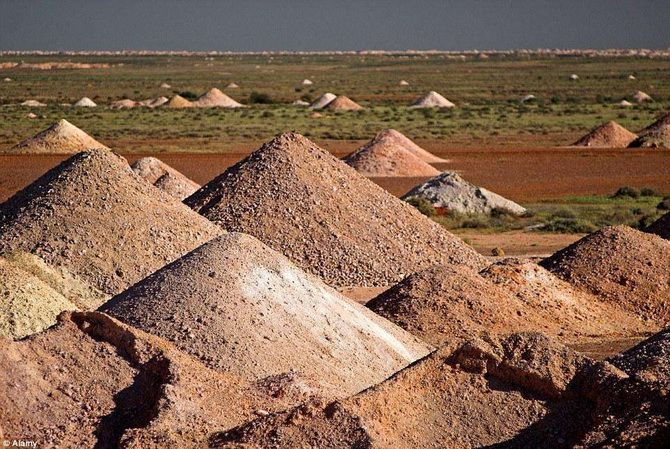
Some villages are located in places that are considered uninhabited! But, despite this, the inhabitants of some settlements have adapted and thrive, while others are deliberately hiding from the modern world.
Aogashima Island, Philippine Sea
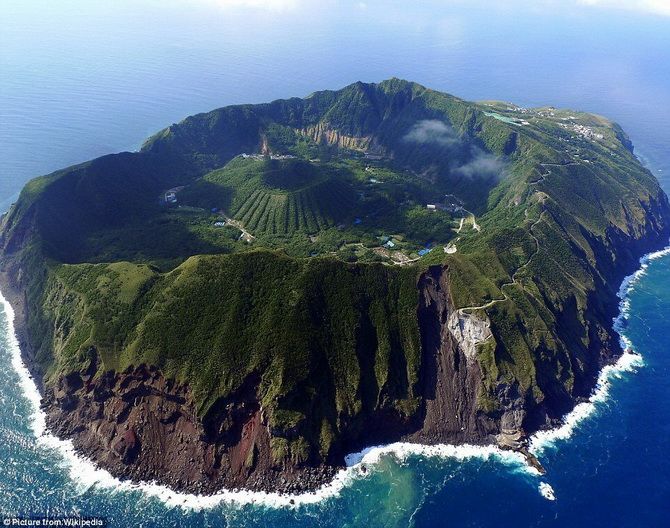
What is it like to live on a volcano? It’s even scary to imagine, not only to raise children there! Therefore, we can safely say that all the inhabitants of Aogashima are really brave. Yes, a brave village in the Philippine Sea. In Aogashima, in the middle of a volcanic crater, 200 people live.
The last time a class C volcano erupted was in the 1780s, and that eruption proved fatal to half of the people who lived on the island in the sea. Then, out of 327 residents, about 140 died. The residents who survived were evacuated, but after 50 years they returned to their native monastery. Agree, their island looks like shots from Avatar.
Monemvasia, Greece
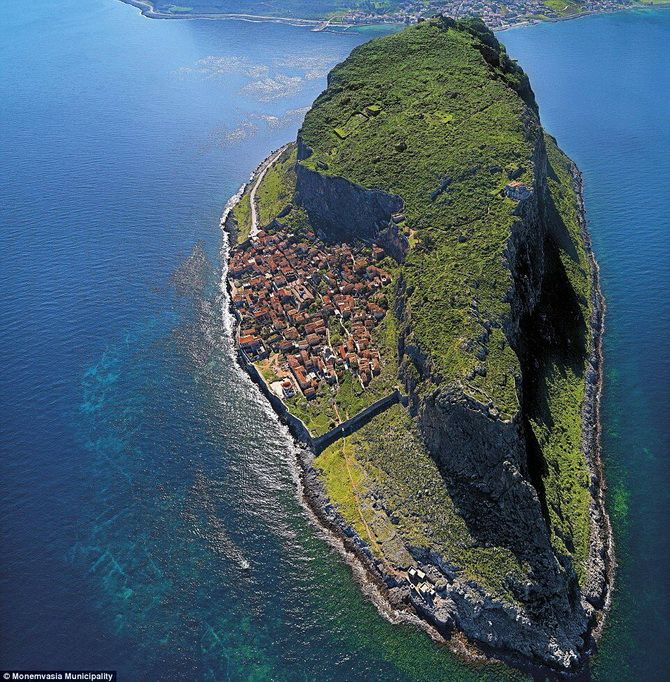
Monemvasia is a small village hidden behind a huge rock. In translation, its name means “one entrance”. The castle town is hidden from outside eyes and from mainland Greece, but tourists can plunge into the Middle Ages and stroll along the streets of Monemvasia.
The island was separated from the mainland by an earthquake in 375 AD. e. As if by some incredible force, a plateau had been carved on the back of the sea rock and adapted for life. This huge sea rock was not visible from the mainland, so the medieval inhabitants could avoid enemy attacks. For a long time Monemvasia could only be reached by boat. Later, a paved path was built connecting the village entrance to the mainland.
Fugkal Monastery, India
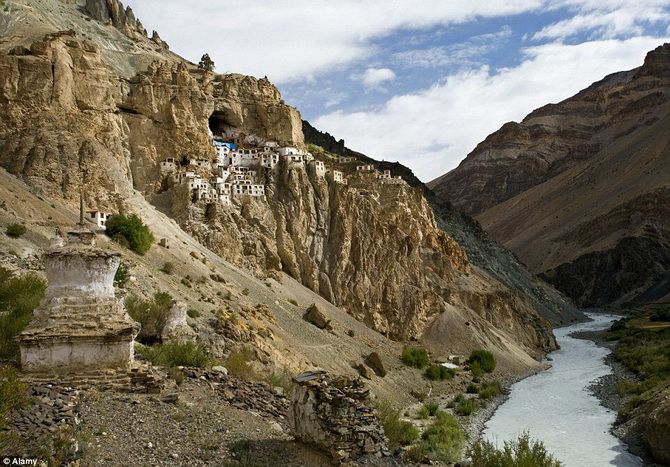
Outwardly, this settlement looks like a giant honeycomb. A Buddhist monastery was built in the 12th century. Today, about 70 monks live there. There is still no road to the monastery. Therefore, those who dream of visiting holy places or getting advice from a local doctor should travel on foot. Of course, the monks are not cut off from the outside world. In the summer, supplies are brought to them by horses or other beasts of burden, and in the winter by a frozen river.
It is planned to build a road to the monastery, but for now it ended near the village of Cha or the village of Khangsaar, and this is a day’s walk to the monastery. In 2016, members of the Global Himalayan Expedition installed solar panels at the monastery. Near the monastery there is the Lungnak Valley, where the village is located. The life of villagers and monks is closely connected. The monks visit the residents to perform ceremonies at the birth of children, during funerals and weddings, and the residents to pray in the holy place.
Isortok, Greenland
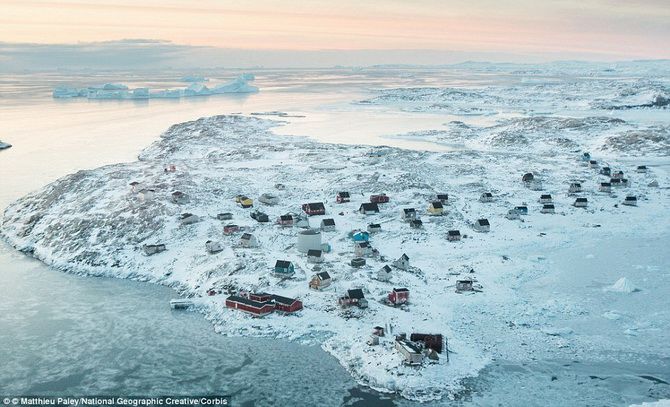
In the Greenlandic village of Isortok, which is located in the middle of snow and ice, 64 people live. Previously, residents were forced to eat only meat, since growing vegetables in the ice was out of the question. But today they have a supermarket! And oh my god, now residents have the opportunity to buy mayonnaise and ketchup to eat with seal skewers. In the photo, a large red building is a store! On weekdays, Air Greenland serves the village under a government contract with flights from Isortok Heliport to Nuuk Airport and Kulusuk Airport.
Huacachina, Peru
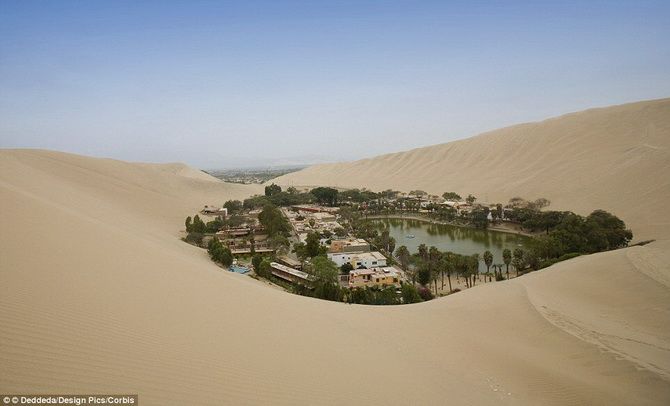
Just imagine that a city with trees, hotels, shops and even a library stands among solid sands. The oasis city impresses with lush palm trees and lush foliage. But this magical town is located in one of the driest places on earth, in the barren desert of Peru. This place is on the adventurer’s list, so if you want to stay with one of the 96 residents in Huacachina, you can try to get there.
Bandiagara Rock, Mali

This is a real village where all the buildings are made of clay: houses, granaries, altars, shrines. There is a village in West Africa, and the Dogon (ethnic group) live there. Cave tellems used to live on the slopes of the rock – an ethnic group later displaced by the Dogon.
The territory of the Dogon Land is an impressive region with exceptional geological and ecological features. The Bandiagar slope was inscribed on the UNESCO World Heritage List in 1989.
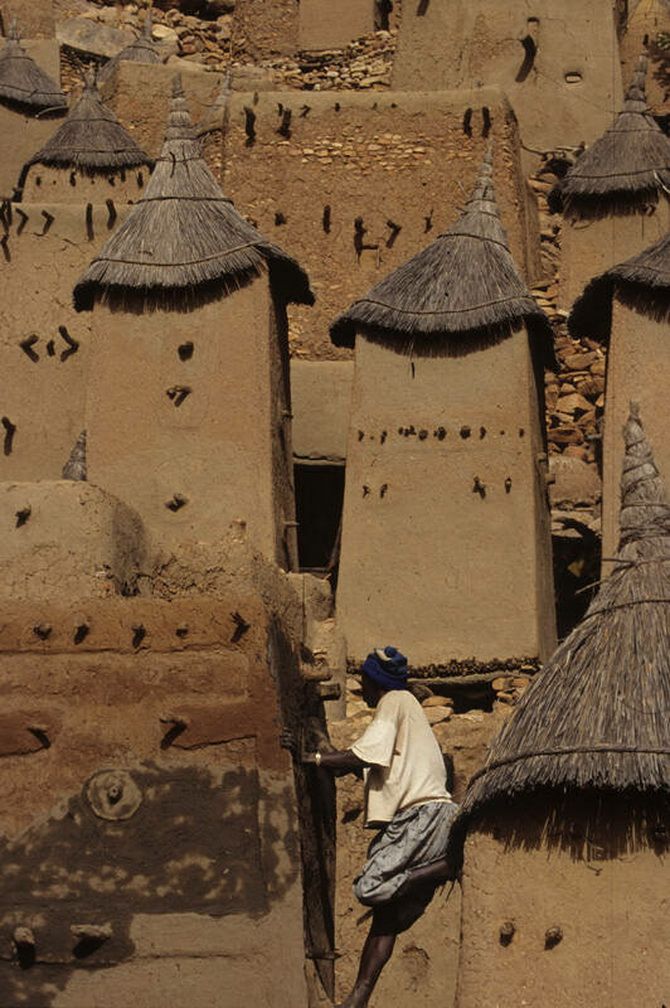
A seemingly uninhabitable place, the hostile environment has become a natural haven for the Dogon against formidable invaders since the 15th century. Fortified on the rocks, the Dogon were able to preserve their centuries-old culture and traditions.
Not everyone lives in terrible places. Some are more fortunate than others. They chose to live in places similar to paradise.
Fairytale village Undredal, Norway

The small village of Undredal has about 100 people and 500 goats. This place looks like a Disney movie. On what does the existence of the inhabitants depend? If there are more goats than people, then it’s easy to guess. Undredal is famous for its brown goat cheese and even sausage from these animals.
Until 1988, the village could only be reached by boat, but now it’s easier to get there. 2 tunnels were built as part of the European route E16. Between the tunnels there is a short road 700 meters long and the entrance to the Undredal.
Magical place Furore, Italy
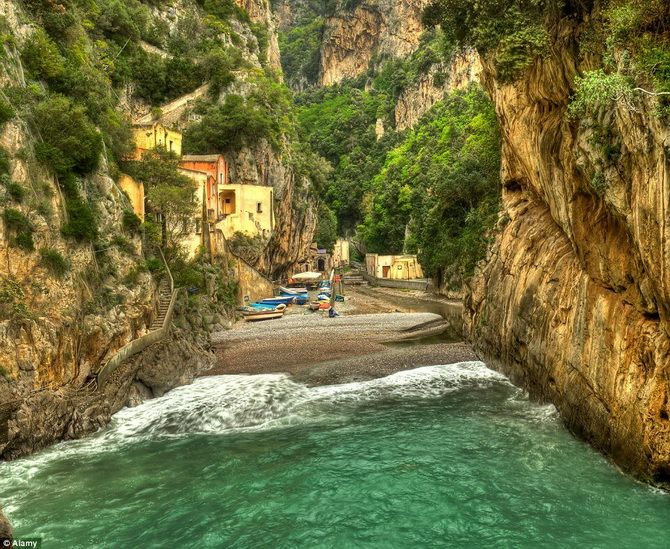
A narrow, strongly winding and deeply cut into the land bay of the sea with rocky shores is otherwise called a fjord. Fjords always impress with picturesque, almost fabulous beauty. Here in such a gorge is a small Italian village. In this divine place, in bright amazing houses decorated with frescoes, mythical creatures live. That’s what I want to say, looking at the photo, but people live there!
Furore is often referred to as a city that doesn’t exist. And indeed, there is neither a square nor a city center, just houses that are hooked on a rock. For a long time, Furore was practically hidden from travelers. And not so long ago, the mayor ordered that all buildings be painted in bright colors so that the picturesque village could be viewed from the coastal road.
Monsanto, Portugal
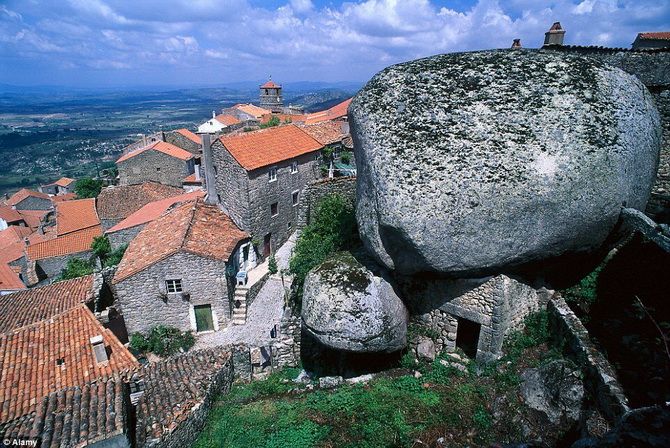
Remember the “Three Heroes” and the granny’s phrase “… you, where did you get the pebble, but put it back in place … and later this pebble destroyed the village and stopped only in front of the temple.” And the inhabitants of the Portuguese village of Monsanto have adapted to live and build houses around giant granite boulders. The houses are crammed with 200-ton stones, built over them and even under them! What it’s like to fall asleep and wake up in fear.

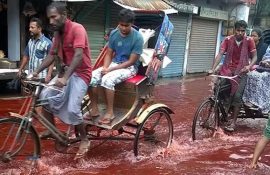
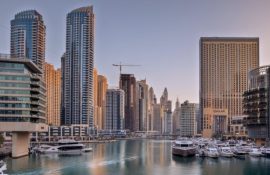

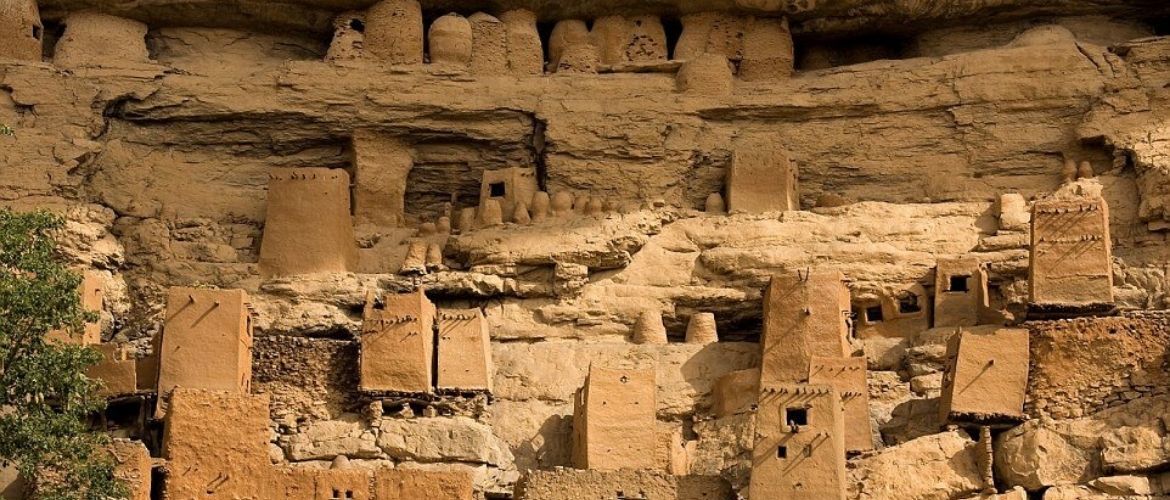


Only registered users can leave comments